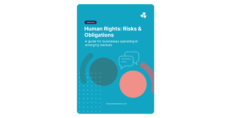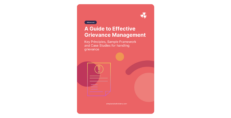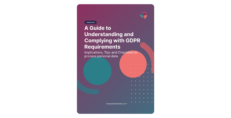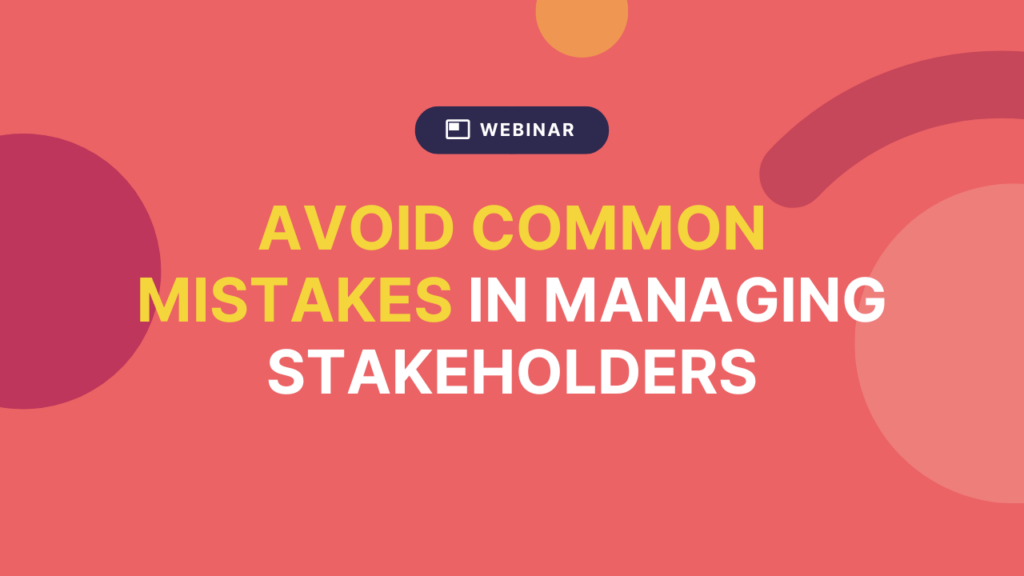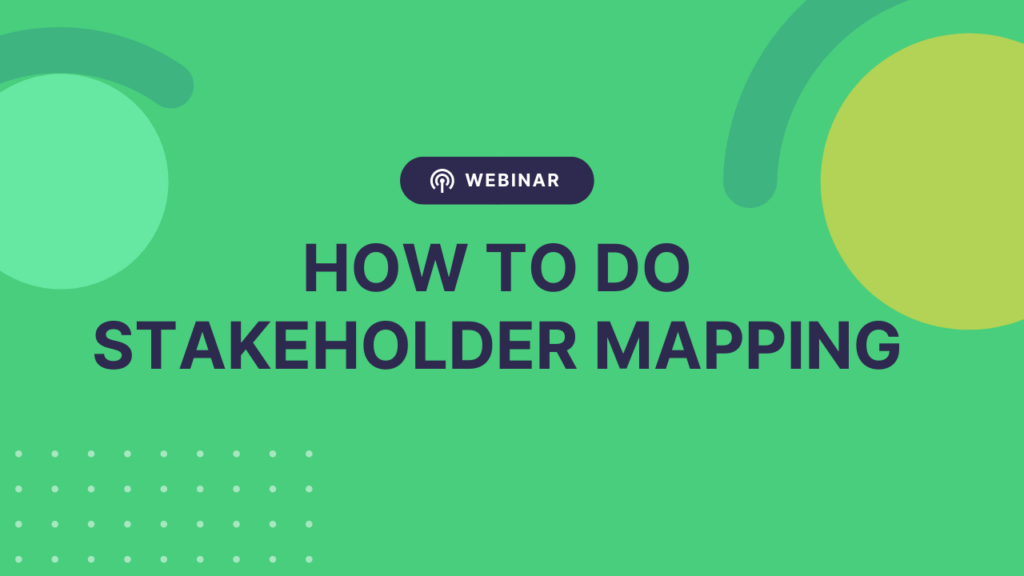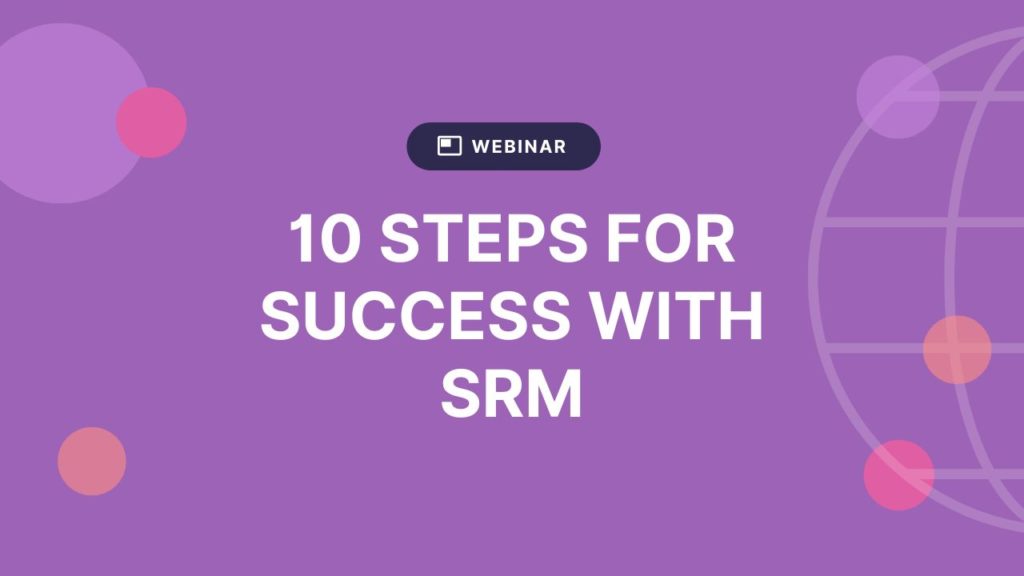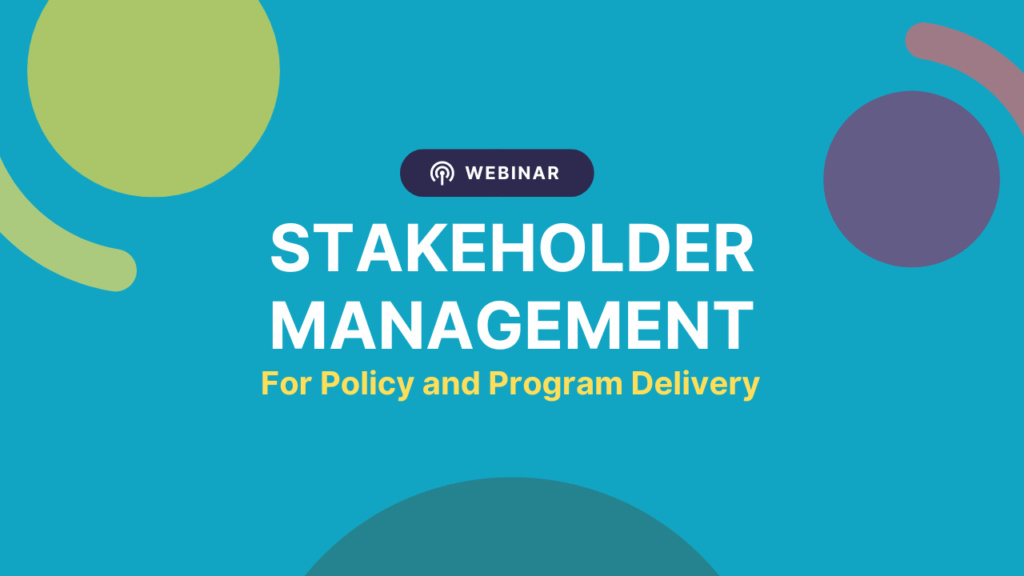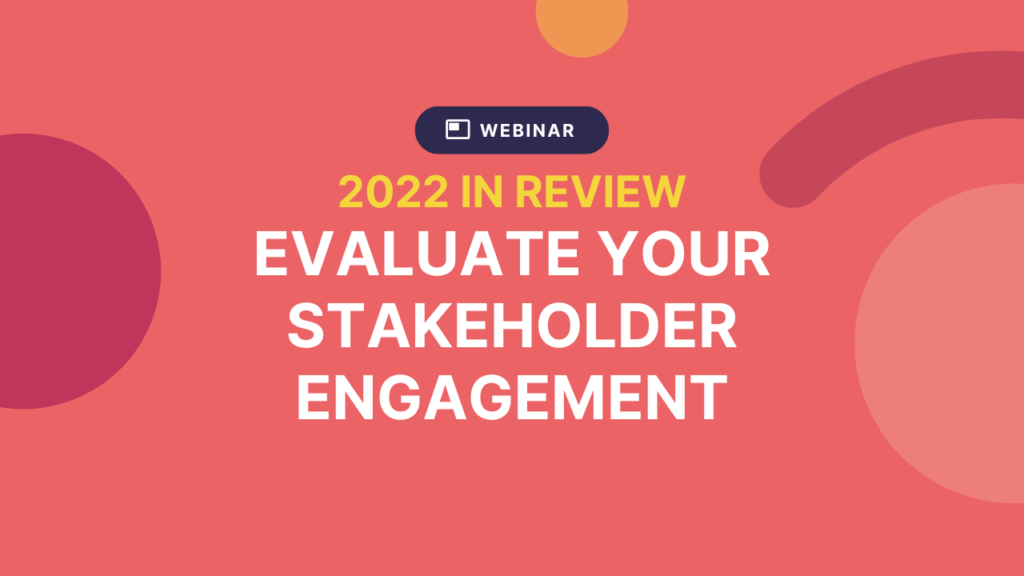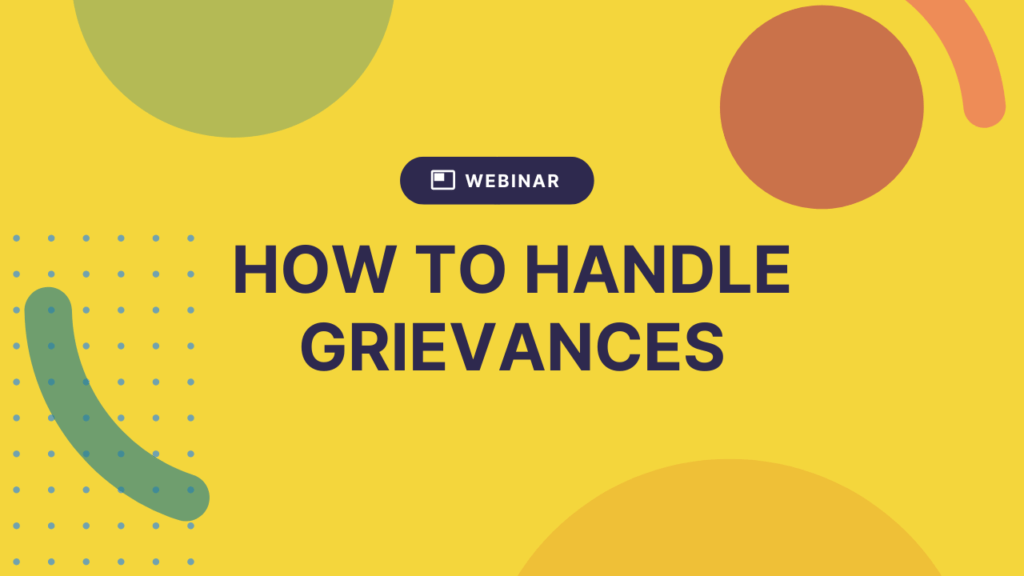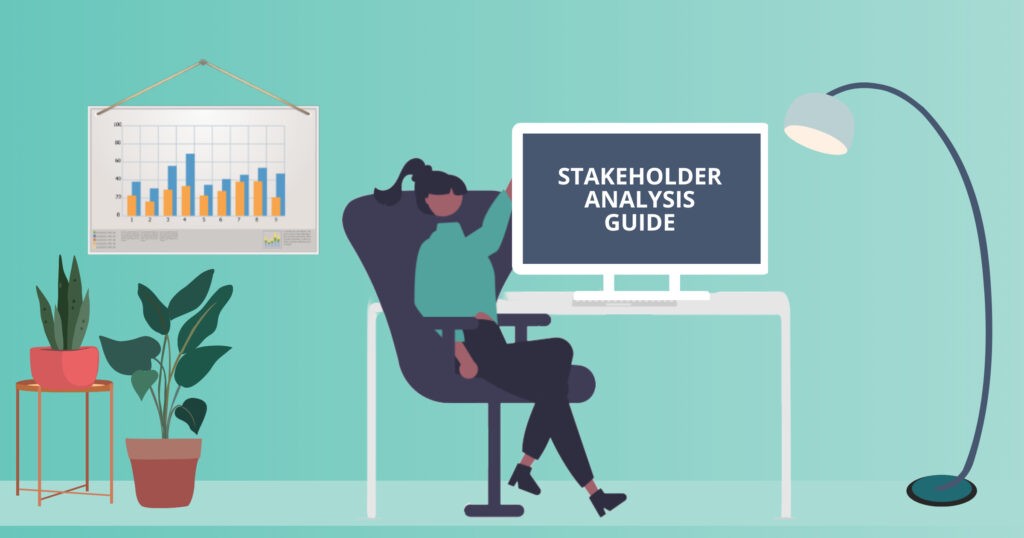7 signs you’re getting your community engagement right (or wrong)

Concerned your community engagement plan or methods aren’t in line with best practices? Think they should be working better than they are?
We’ve all been there before.
It might just be that you’re just at a stage of the project where you’ve gotta do a lot of hard work and not much to show for it (the rewards will hopefully come down the track).
But maybe your community engagement efforts are genuinely off track and you need to make some changes quick smart before a major issue arises.
So we’ve put this list of signs together to help you know what good/successful community engagement looks like. Look out for these signs to help you feel confident that you’re on the right track…
1. Awareness
Awareness isn’t everything, but it’s certainly a good start. An engaged community knows what’s going on around it. They know about upcoming events, changes and projects that are likely to affect them. They know who’s who and they know who to talk to if they want to speak up or get involved.
2. Participation
An engaged community is one that gets involved. Here are some common examples of community participation to watch for:
- Volunteers at events
- People having a go
- People taking responsibility or even risks
- Open discussion about issues
- Asking questions
- Providing insights and sharing experiences
These are all signs of a community with healthy engagement levels.
3. Broader interests
In a highly engaged community, you’ll see community members go beyond self-interest. That means they’re invested in the good of the wider community, not just their own family or lifestyle. And they’re interested in long-term sustainability, not just the here and now. When you’ve got community members who look out for each other, they’re going to be much more engaged.
4. Shared vision
Engaged community members work together or collaborate with a common vision and goal. That means they’re not just operating on their own – they can band together to get things done. You’ll see mutual trust and respect among members, even despite their differences.
5. Connectedness
An engaged community is more connected. That means a large portion of the community know what’s going on around them, including local events, government policies and infrastructure changes. And in many cases, community members know one another quite well. You’ll see people from different locations and backgrounds who come together and work together. And people will form networks within the community based on shared interests.
6. Diversity
Usually in an engaged community, you don’t just see the same type of people at every event or filling out your surveys. Instead, a diverse range of people are represented. That includes:
- Young people
- Old people
- People with disabilities
- Parents
- Students
- Working people
- Professionals
- Retirees
- A range of ethnicities
That’s because healthy community engagement gives you a diverse range of perspectives and opinions. And together, these perspectives inform your project, initiative or organization so you make better decisions for everyone.
7. Change
When communities are engaged, they don’t stagnate. And they don’t sit around and wait for change to happen to them – they’re involved, their voices are heard and their actions have an impact.
Changes within the community are brought about by or influenced by community members. And as a result, projects and policies are more effective because of the shared knowledge and participation of the community. And community members are more open to change because they feel like they’re part of it – it’s not just happening to them.
Signs you’re getting it wrong?
We’ve talked about the signs you’ll see if you’re getting community engagement right, but what about if you’re getting it wrong?
Well, naturally, you’ll see a lot of the opposite things happening. So if you start to see a pattern that consistently includes the following signs, you might need to revisit your community engagement plan and strategy:
- Community members don’t step up and get involved
- They don’t know what’s going on around them
- They don’t know how to influence change in their community
- You’re not seeing a diverse community represented at events or during opportunities to engage
- Community members generally don’t see the point in getting involved
- You don’t know what the community thinks
- You haven’t heard the perspectives or ideas of the community
- Decisions are being made based on your organization’s goals and priorities, not based on community feedback or ideas
How to improve your community engagement strategy
You’ll see more of the right signs with a solid community engagement strategy in place. So if you haven’t already created one, here’s a good starting point:
Get to know your community
Who are they? What diverse groups do you need to reach and engage? What are they interested in?
Know what results you want to see
How do you want to see them get engaged? Who do you want to see represented? How will you measure and report on success?
Know your tactics
What steps can you take to encourage action and achieve these outcomes? How can you foster greater engagement between specific community members? How can you communicate with them, get feedback and promote engagement? How can you provide ways for them to share their perspectives and affect outcomes?
Manage your processes properly
There are a lot of processes involved in community engagement, whether you’re a government organization or local business. The best way to manage the tasks and actions involved and track communication and results is with a stakeholder engagement tool like Simply Stakeholders. Ready to get started? Contact us to get started or if you have any questions about setting up your stakeholder engagement software.
Follow us on LinkedIn for more blogposts updates.









